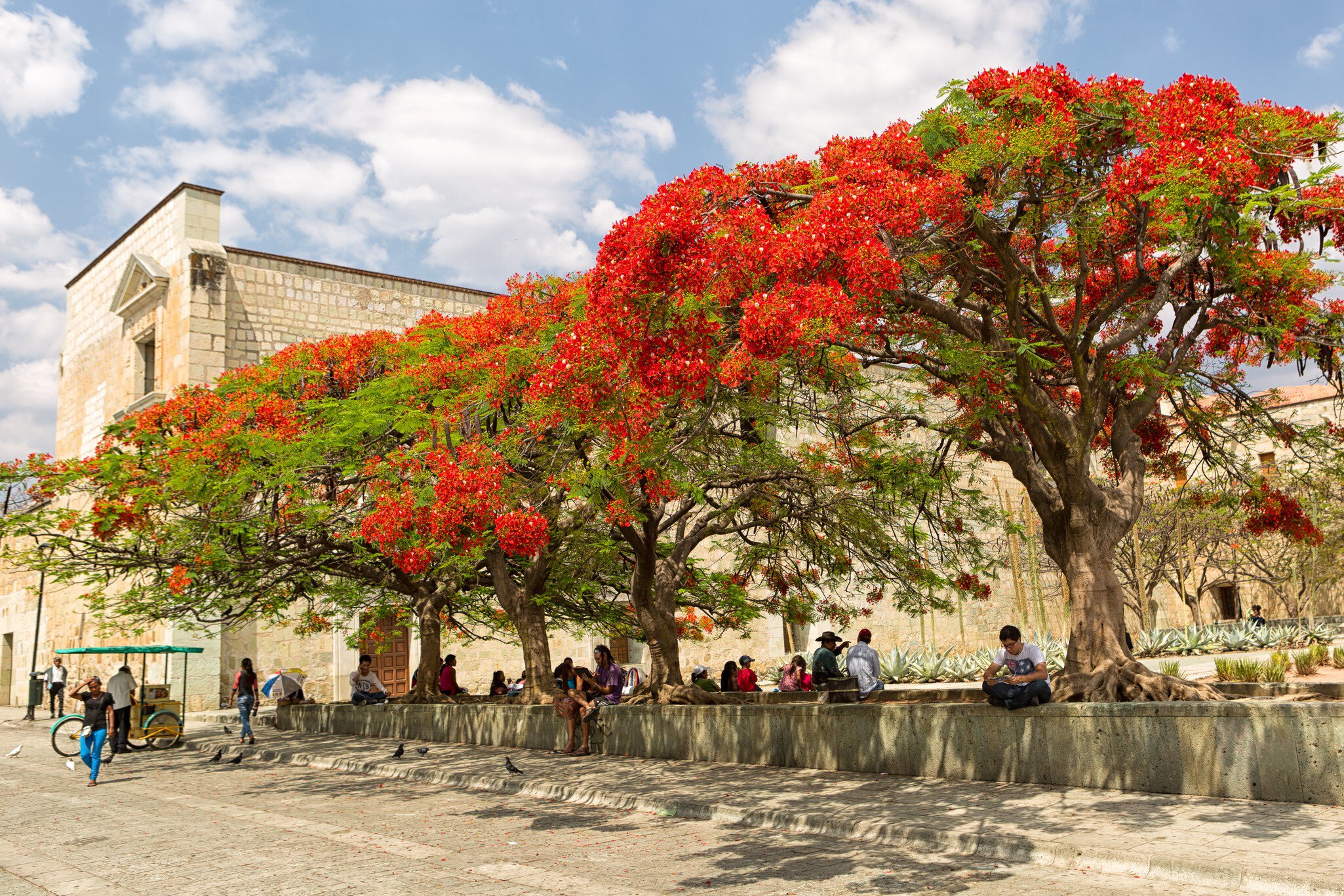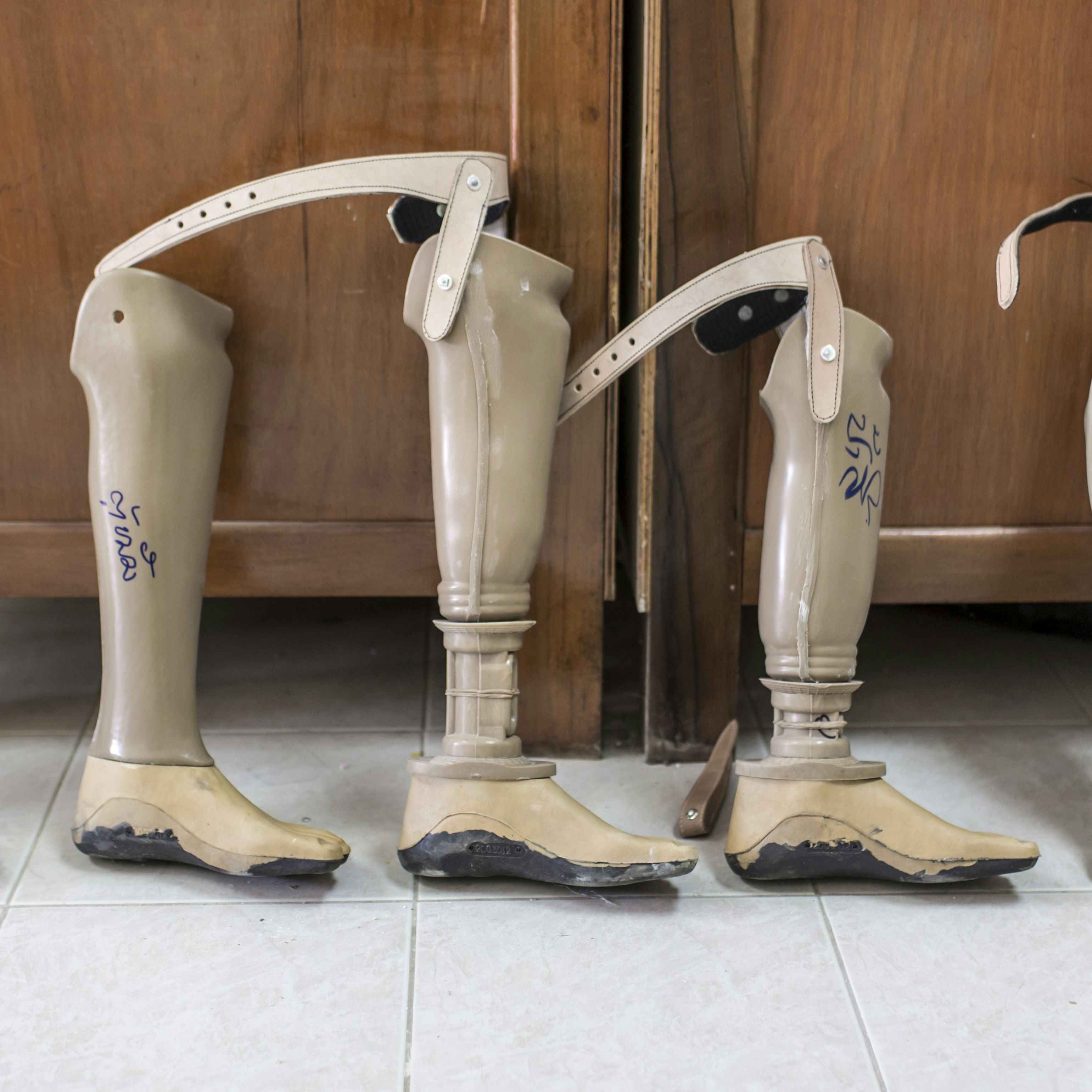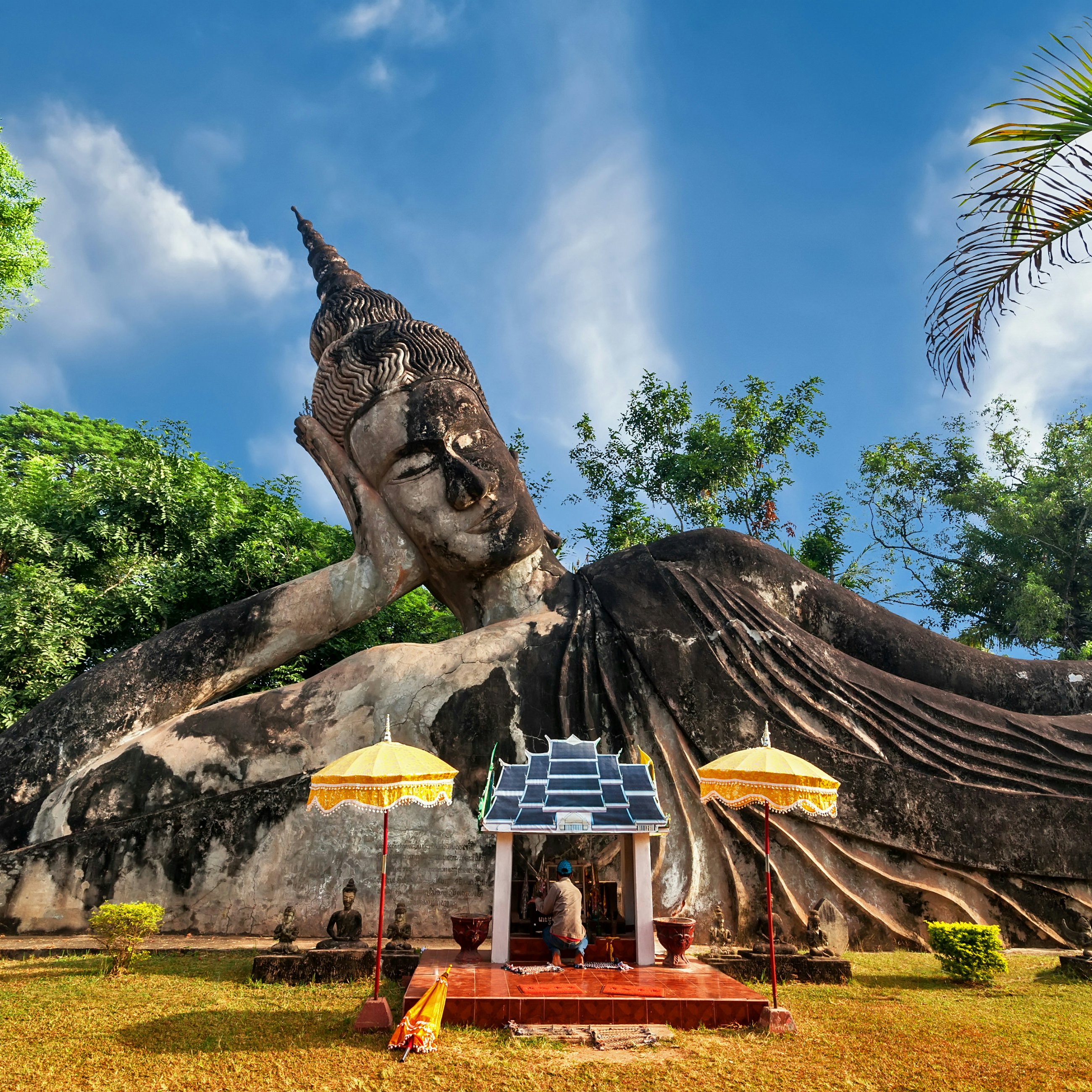
Overview
From its sleepy tuk-tuk drivers to its location on the right bank of the lumbering, lazy Mekong, this former French trading post is languid to say the least. Indeed, despite being the capital and largest city of the Lao People's Democratic Republic, there's not a whole lot to do in Vientiane (ວຽງຈັນ). But that is also, quite honestly, its selling point.
Plan your trip with Guide, an AI travel planner!
Create a personalized trip itinerary in seconds using artificial intelligence.
Must-see attractions
Get a book. Get inspired. Get exploring.
in partnership with getyourguide











